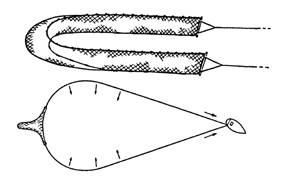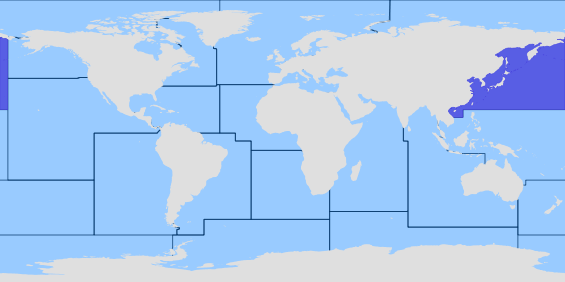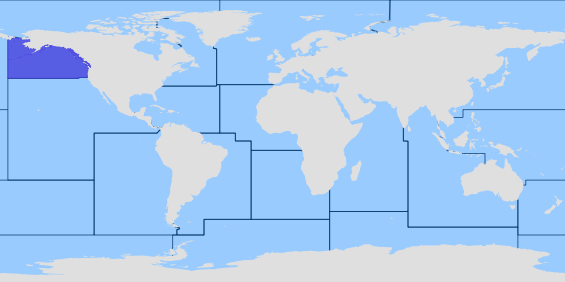ΑγγλικάDistinguished uniquely from congeners in Europe by having scutes on side of caudal peduncle, forming a keel. Differs further from other members of the genus in Europe by the combination of the following characters: flank lacking scutes; dorsal fin with 7-11 spines; and caudal peduncle wider than deep (Ref. 59043). Distinguished by the presence of 7 to 12 free spines in front of the dorsal fin and a long caudal keel that usually reaches beneath the dorsal fin (Ref. 27547). Dorsal spines separated from one another, each with a rudimentary membrane on its posterior side; anal spine stout and curved; posterior edge of pectorals rounded; pelvic ray pressed close to the spine; caudal fin usually truncate, varying from slightly indented to slightly rounded (Ref. 27547). Pale green, grey, or olive above, strongly pigmented with irregularly arranged dark bars or blotches; silvery below (Ref. 1998). Fins colorless (Ref. 27547). Breeding colors may be variable, depending on sex, population and stage of breeding cycle but color of females always less intense than those of males (Ref. 27547). Aggressive females become dark on the back and paler below, then sometimes become paler with more conspicuous saddle marks as actual breeding approaches (Ref. 30380). Aggressive males become totally black except for the colorless fins and the membranes on the pelvic spines, which are white. At breeding, the males become paler on the back and more intensely black on the belly, especially under the chin (Ref. 28993, 30380). Breeding males on the east coast of North America have been reported as reddish under the head and greenish on the belly (Ref. 27547). Caudal fin with 12 rays (Ref. 2196).
 Η εικόνα δεν είναι διαθέσιμη
Η εικόνα δεν είναι διαθέσιμη








